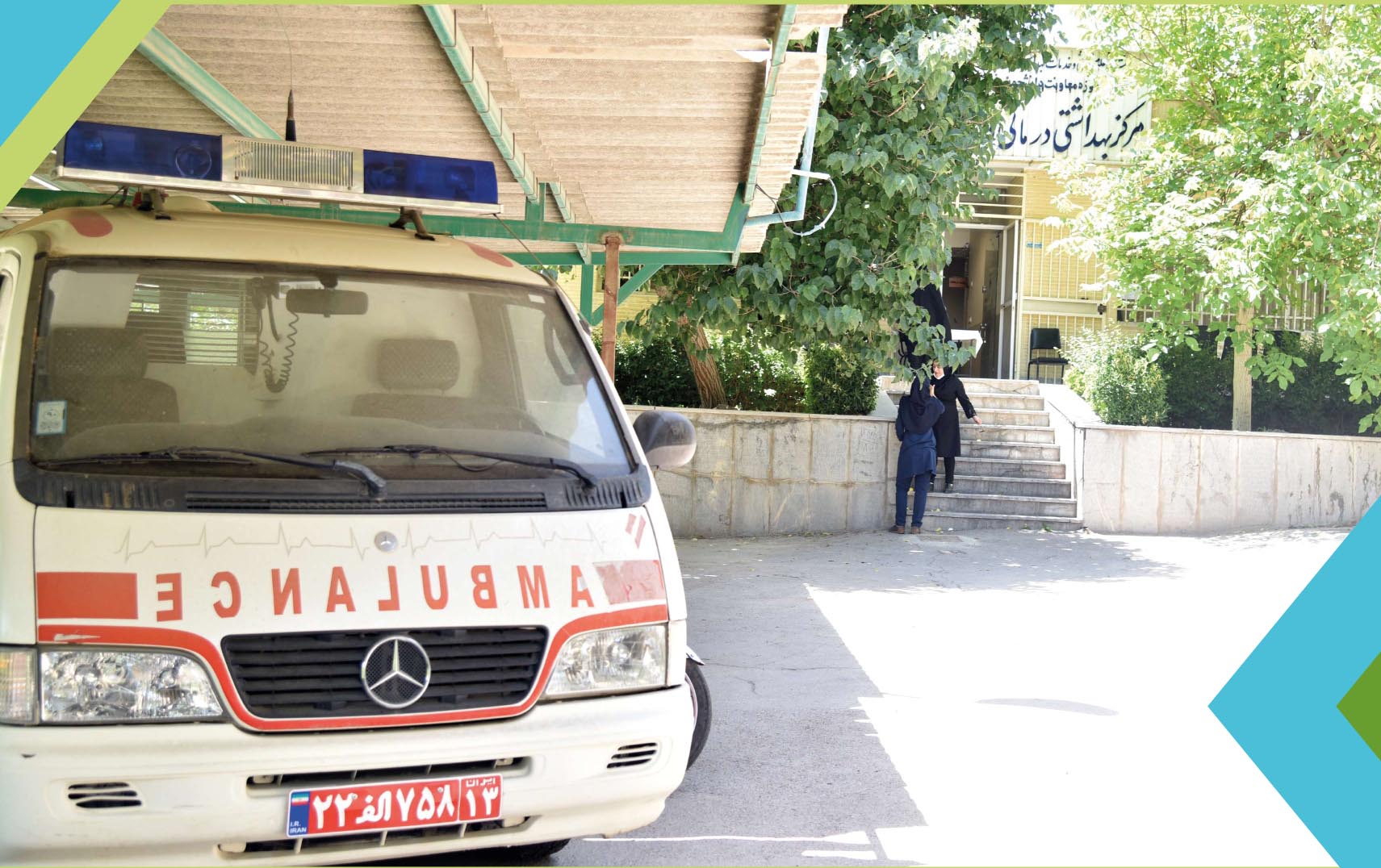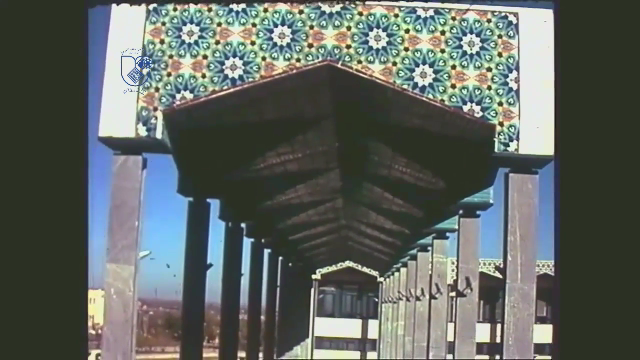Isfahan University of Medical Sciences or Medical University of Isfahan- MUI, was founded in 1946 and has grown to one of the largest public universities of the country today. It has 10 schools, 986 academic members, 42 research centers, 3 research institutes, 18 research journals and 38 affiliated hospitals. Over 70,000 students have graduated from this university up to now; and 9,832 students are studying in more than 80 majors in different educational degrees at this university, currently.
Medical University of Isfahan is located on a 400-hectare campus adjacent to the University of Isfahan in the southwestern corner of the City of Isfahan. It lies on the heights of Mount Soffeh foothills. Hence, the University enjoys a panoramic view of the city. Faculty buildings with an overall area of about 102,000 square meters are located among the spectacularly landscaped green areas of the university campus, some of which with historical and architectural value.
More than 30% of the University buildings are used for educational purposes, and the rest is in use by the administrative, recreational and general services sectors. Hezar-Jerib highway runs alongside the eastern border of the University campus and is the southern gateway to the city. MUI is served by public transportation with good bus services to various part of the city and the planned Metro line runs by the university with two Metro stations serving the campus.

This university is consisted of seven vice chancelleries. The first five are the Vice Chancellery for Education, Vice Chancellery for Research and Technology, the Vice Chancellery for Food and Drug, Vice Chancellery for Health, and the Vice Chancellery for Treatment Affairs.
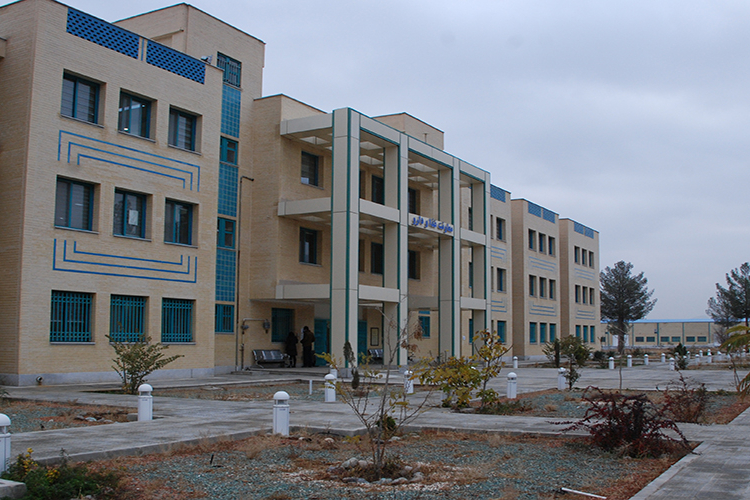
The two remaining vice chancelleries are the Vice Chancellery for Logistics and Personnel Affairs and the Vice Chancellery for Students and Cultural Affairs. The former maintains the logistics of the university and Vice Chancellery for Students and Cultural Affairs is mainly engaged in the national students' accommodation, health services, and cultural affairs. The international students' affairs are managed by the International Education Center. The expansion and coordination of the international relations of this university is done by the Bureau of International Affairs.
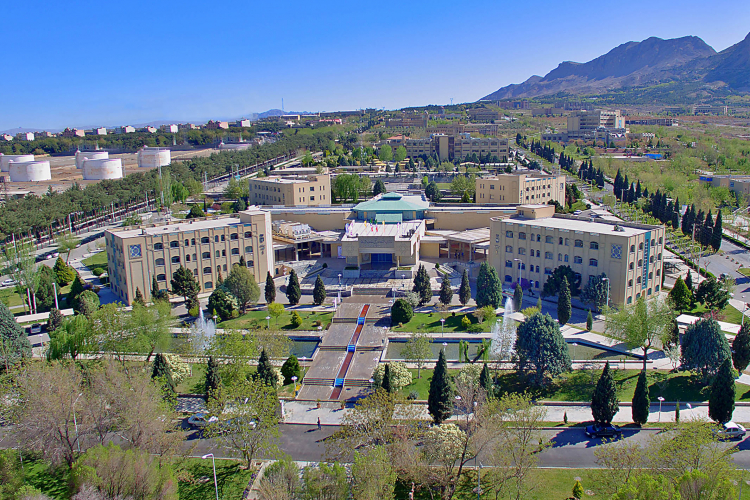
The southern part of the University includes Kooy-e-Daneshgah, a residential area for the University staff and dormitory buildings. One of the most important features of MUI is the integration of all faculty and administrative buildings in the same area.
Al-Zahra Teaching Hospital, one of the most prominent and well-equipped hospitals in the Middle East, stands southwest of the University campus.
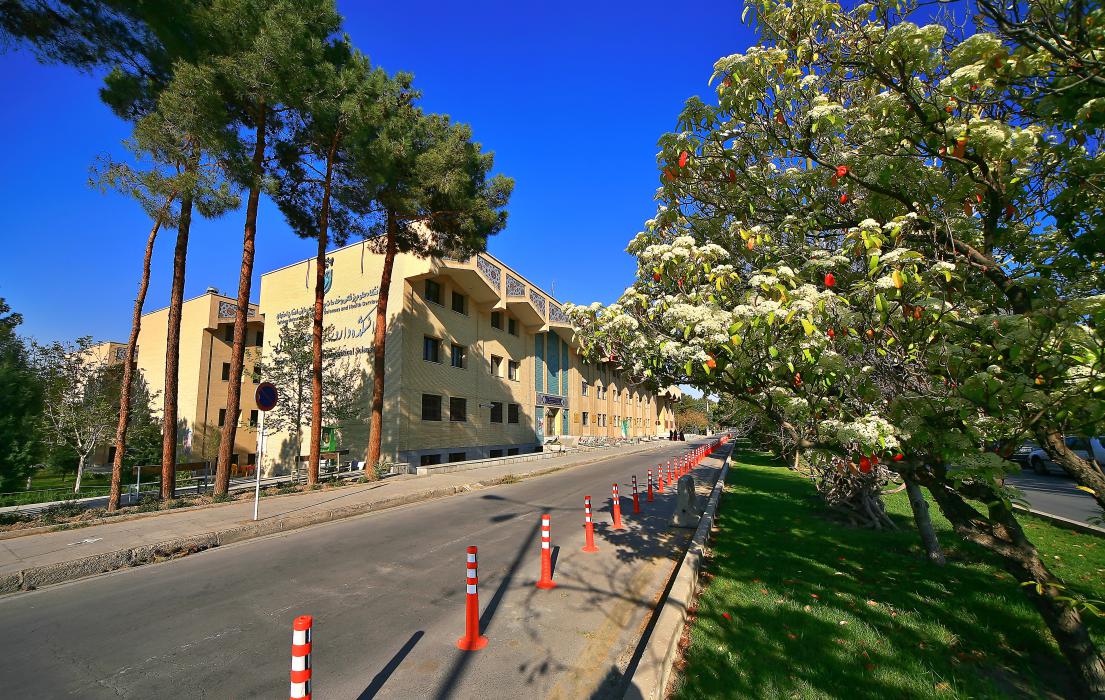
Facilities:
This university provides comfortable accommodation, various dining halls, sport facilities and libraries and health services to its students and foreign guests:
- There are two independent dormitories for international students near the university campus, which accommodate around 300 both gender students. The dormitories are well furnished with suitable facilities, and have free transportation facilities to the campus.
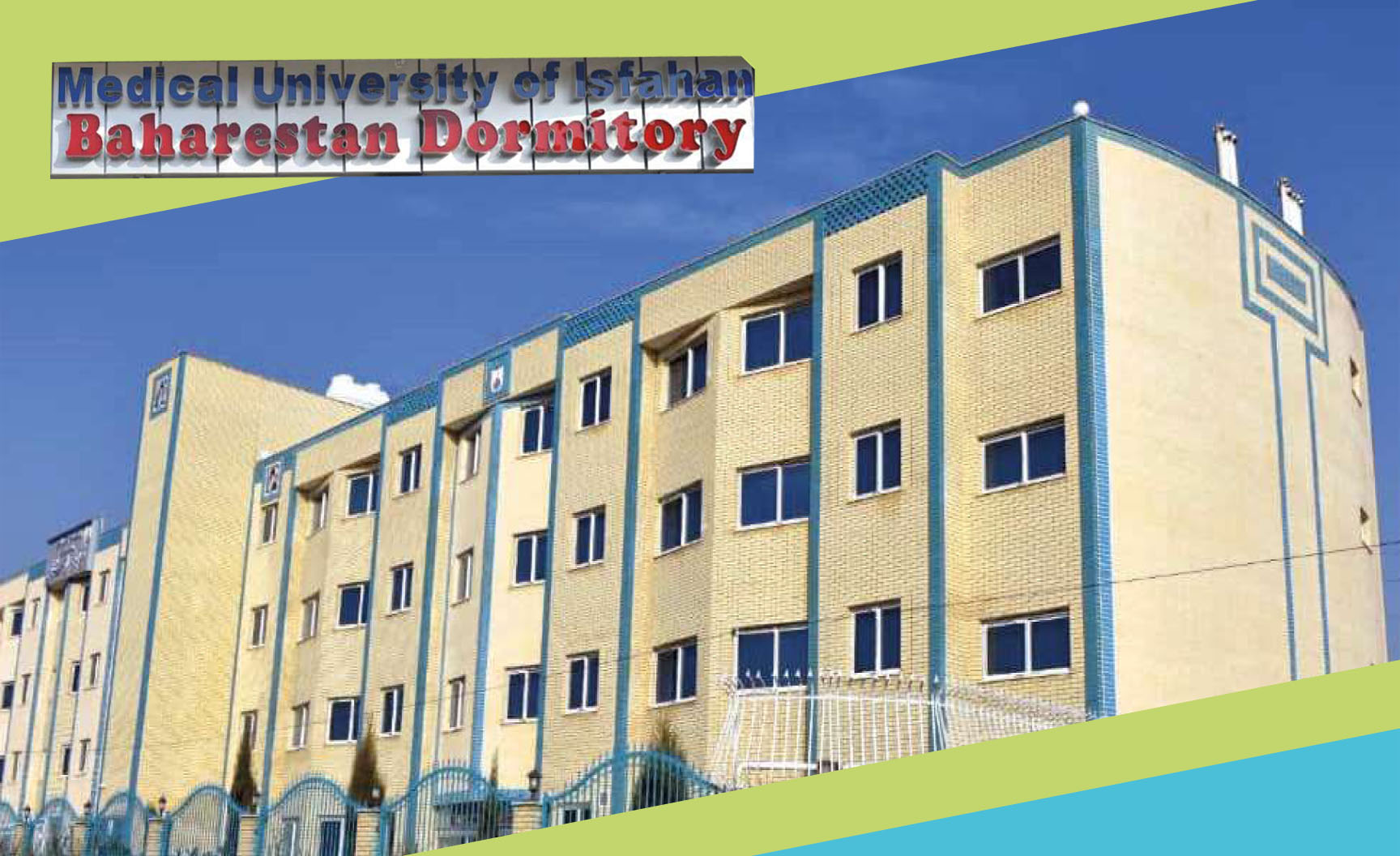
- The Dining Halls, namely Central Self-Service Canteen, Persian Gulf Dining Hall, Sabz Restaurant, Yaas Restaurant and Zeitoon Restaurant, serving premiere offerings for breakfast, lunch and dinner. The featured menu includes the best quality ingredients of favorable Iranian and international foods.

- Indoor and open-air sports are both available on the university campus and at and nearby the dorms. One can choose his/her favorite activities among 22 indoor and outdoor sports including bodybuilding, swimming, gym, ping-pong, basketball, volleyball, handball, badminton, football, fitness, cycling, martial arts, shooting, aerobics, soccer, track and fields, tennis and more.
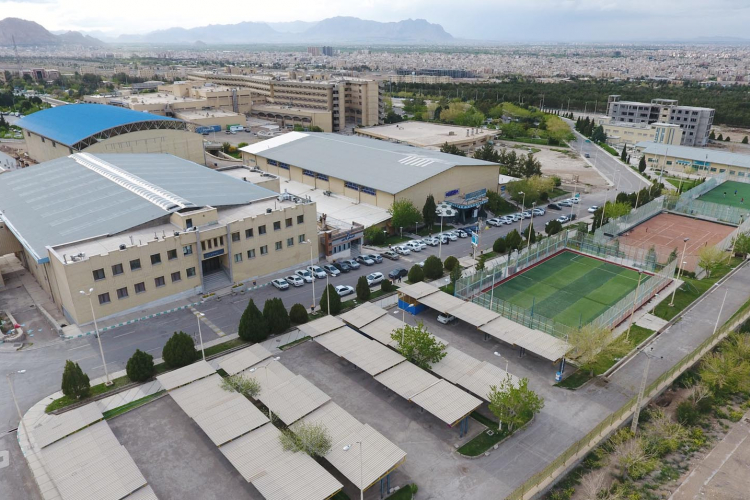
- International students get health insurance coverage and also benefit from the health services that are provided by the Student Health Centers.
